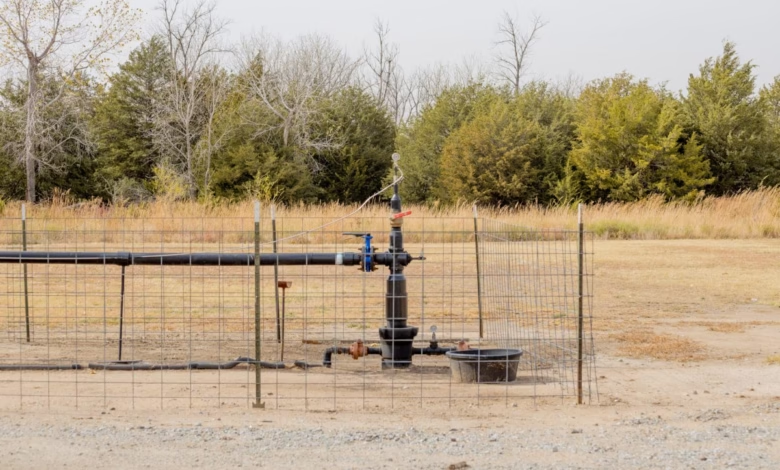Microsoft Invests Big in Carbon Removal Startup Vaulted Deep

▼ Summary
– Microsoft’s carbon emissions have risen by nearly a quarter since 2020, jeopardizing its 2030 goal to become carbon-negative.
– Microsoft purchased 4.9 million metric tons of carbon-removal credits from Vaulted Deep, a deal spanning 12 years with undisclosed financial terms.
– Vaulted Deep removes carbon by injecting waste materials underground using technology adapted from oil and gas fracking.
– Microsoft faces challenges in meeting its carbon pledge due to unavoidable emissions from essential products like semiconductors.
– To offset emissions, Microsoft has invested in multiple carbon-removal projects, including reforestation and carbon capture from paper mills.
Microsoft is doubling down on carbon removal efforts to counteract the environmental impact of its rapidly expanding data center operations. Despite its 2020 pledge to become carbon negative by 2030, the company’s emissions have surged by nearly 25%, driven by relentless growth in cloud infrastructure. To bridge this gap, Microsoft has secured a major 12-year agreement with Vaulted Deep, purchasing 4.9 million metric tons of carbon removal credits, though the financial details remain undisclosed.
Vaulted Deep takes an unconventional approach to carbon sequestration. Instead of extracting fossil fuels, the company repurposes waste materials like treated sewage, agricultural manure, and paper sludge, diverting them from landfills or incinerators. These materials are processed into a slurry and injected deep underground into porous rock formations, leveraging drilling techniques originally developed for oil and gas fracking. To date, the startup has successfully stored over 18,000 metric tons of CO₂, earning recognition as a finalist in the XPRIZE Carbon competition and securing a $32 million Series A funding round led by Prelude Ventures last November.
Microsoft faces mounting pressure to deliver on its sustainability commitments. While the company has invested heavily in renewable energy, a critical step toward reducing emissions, certain unavoidable factors, like semiconductor manufacturing, continue to contribute to its carbon footprint. In 2023 alone, Microsoft reported 14.9 million metric tons of greenhouse gas emissions, more than twice its target for 2030.
To accelerate progress, the tech giant has aggressively expanded its carbon removal portfolio. Recent deals include a 7 million metric ton partnership with Chestnut Carbon to restore 60,000 acres of forests in the southeastern U.S. and a 3.7 million metric ton agreement with CO280 to capture emissions from Gulf Coast paper mills. These initiatives underscore Microsoft’s strategy of combining avoidance with active removal to achieve its ambitious climate goals.
(Source: TechCrunch)



